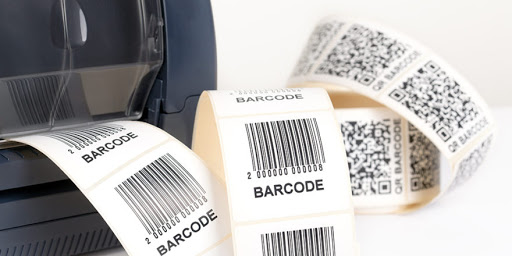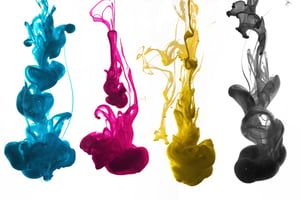Inkjet printing, or inkjetting, is the most common type of printing on the market today, both in commercial and private use applications. This popularity is in large part because inkjet printing is the most affordable printing method, but can also be attributed to the advancements in inkjet technology such as precise liquid dispensing and patterning for radio-frequency identification (RFID).

Inkjet printing recreates images by propelling droplets of ink onto paper or plastic substrates (Wiki). Inkjet printers use microscopic, high-precision nozzles to eject ink onto paper. These microscopic nozzles are mounted together on an ink carriage assembly, which moves across the paper as pulses of pressure are applied to the ink causing the nozzles to eject the ink onto the paper to recreate your image (imaging,org). The print quality of inkjet printing is determined by both surface tension and viscosity of the ink. Both surface tension and viscosity effect the ink droplet formation, which in turn effects the quality of the end printout product. Controlling viscosity of your ink is essential for quality printing.
There are many types of inks on the market (ceramic, conductive, aqueous), and while ink jettable conductive inks are a fast growing field (especially when printing more sophisticated patterns with finer definition RFID) the most commonly used inkjet inks are still aqueous (water-based). The viscosity of your ink is dependent on the different components in the formulation, including pigments, resins, and binding agents. These ink formulations are very complex and due to this, inks can exhibit very complex viscosity behavior. As your ink flows through the microscopic nozzles it is subject to a complex, time dependent shearing - meaning they exhibit a time-dependent increase in viscosity, or that they will thicken or solidify when shaken or agitated. These inks experience shearing that is especially high near the nozzle.

What this all means is that due to the complexity of inkjet inks and the inkjetting process, viscosity must be measured over a wide range of shear rates to understand how your inks will behave during inkjetting. Measuring the entire viscosity curve of your inks will provide you more control over the quality of your inks and inkjet printing.
Want to learn more about the importance of viscosity in inkjetting and other inks and printing processes? Download our inks application notes!
Written by: Eden Reid, RheoSense Senior Marketing Associate



